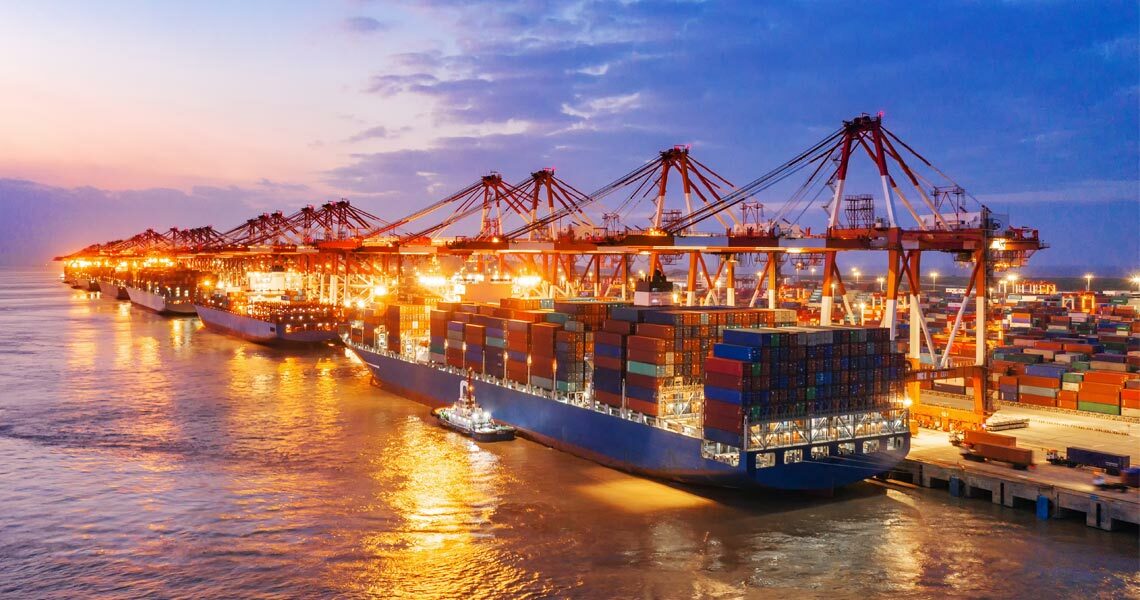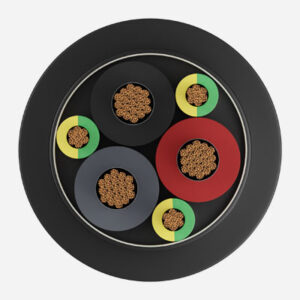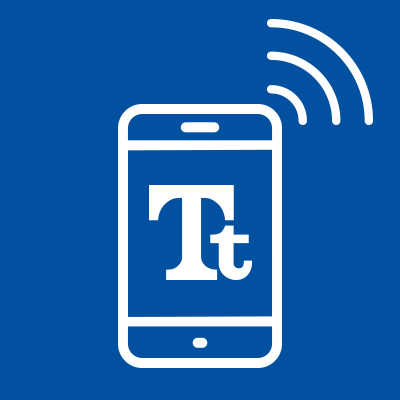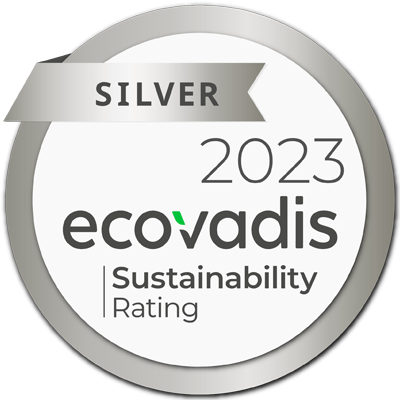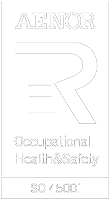Shore power is the process of connecting ships to the port electrical grid in order to power onboard services, systems, and equipment. This enables ships’ diesel generators to be switched off with a resultant reduction in noise and emissions, such as particulate matter, nitrogen oxides, sulphur oxides, carbon oxides, and volatile organic compounds.
It’s currently emerging as a powerful trend and most effective way of reducing pollution from ships in port, according to the US Environmental Protection Agency (EPA) “When a vessel is connected to shore power, overall pollutant emissions can be reduced by up to 98% when utilizing power from the regional electricity grid”.
It’s also been mentioned when analyzing how ports could contribute to achieving the European Green Deal (EGD) goals; as per its own statement: “It [the Commission] will take action in relation to maritime transport, including to regulate access of the most polluting ships to EU ports and to oblige docked ships to use shore-side electricity; and the UK Govt has explicitly mentioned Shore Power on its recent Transport Decarbonization Plan.
According to the Fourth IMO GHG Study, shore power can reduce overall GHG emissions from ships. The IMO is also addressing the need for global standards for the process of providing shoreside electrical power to a ship at berth; which shows till which point these technologies will become relevant in years to come.
What do you call Shore Side Electricity?
It has many denominations and acronyms — Cold Ironing, Shore Power, Onshore Power Supply (OPS), Shore Side Electricity (SSE), AMP (Alternative Marine Power), and more, but all of them refer to the same thing and serve for the same purpose—Name the process of bringing power from the grid to the vessels.
The process is called cold ironing because, back in the old days when the ship’s mainframe engines used to be rested, they used to get cold while the power was being transferred in this way.
What are the advantages Shore Side Electricity?
- Elimination of ship engine emissions in port areas (SOx, NOx, PM, CO2)
- Elimination of noise and vibration caused by ships at berth
- Improvement of working conditions and safety in ports
- Compliance of vessels at berth with International Maritime Organization (IMO)
requirements - Fuel cost savings, as onshore electricity may be less costly than generator use
- Shore power may extend the service life of auxiliary generators, reducing maintenance costs and encouraging a more sustainable machinery use.
How does Shore Side Electricity work?
When the vessels are moored in a port, power is supplied to them. This is done so with the use of special flexible cables that are plugged into an electricity supply board in the port on one end and to the ship’s power supply board on the other end.
Onshore Power Supply or Cold Ironing system provides in this way power for lights, refrigerators, air-conditioners and other equipment on a ship.
The power coming from the shore can be from a separate power generation unit or from the power plant supplying power to the port city or town.
An electrical substation is required to convert voltage and frequency of the electrical grid to those required by vessels and specified by relevant standards, including electrical protection equipment.
A cable management system (CMS) ensures safe handling of cables during connection and disconnection procedures. The position of the CMS is also defined in the IEC standard: for all vessel types other than container ships, the CMS needs to be installed onshore. Container ships are required to have on-board cable reels due to space constraints on the berth.
On-board installations include a Medium Voltage (MV) connection switchgear to manage power and ground connections.
Cable Management Systems (cable reels, cranes, etc) handle cables and connectors that connect ships to SSE.
Onshore Cable Management systems are the ones that handle cables from the shore to the socket outlet on board the vessel. Onshore CMS can be mobile, installed at one location, attached to the quay but movable along the quay.
As an alternative; Onboard cable management systems, normally installed at a fixed location, and used to connect cables from the ship to the shore socket outlet.
Which are the right cables for Shore Side Electricity?
Special cables are needed for AMP or Shore Power Cable management systems; either for the cable reels, festoon or cranes. Tratos has supplied during years its specially designed and manufactured TRATOSMART AMP and TRATOSFLEX AMP, whose cables have been used worldwide and in high profile projects and referential places such as California, China or Ports in the Baltic sea.
The range of products varies and covers different voltages and sections from 3x95sqm to 3×240 sqm and can include screened pairs and even Fiber Optics. In addition, and depending on the project and location, special marine certification of various types can be mandatory; in all of which TRATOS is approved for as well as well versed.
The adaptability, special design, and quality of these cables have led TRATOS to currently become a prominent player in the field of cables for shore power or Cold Ironing, which includes being a preferred supplier for Cavotec group on their AMP system.
